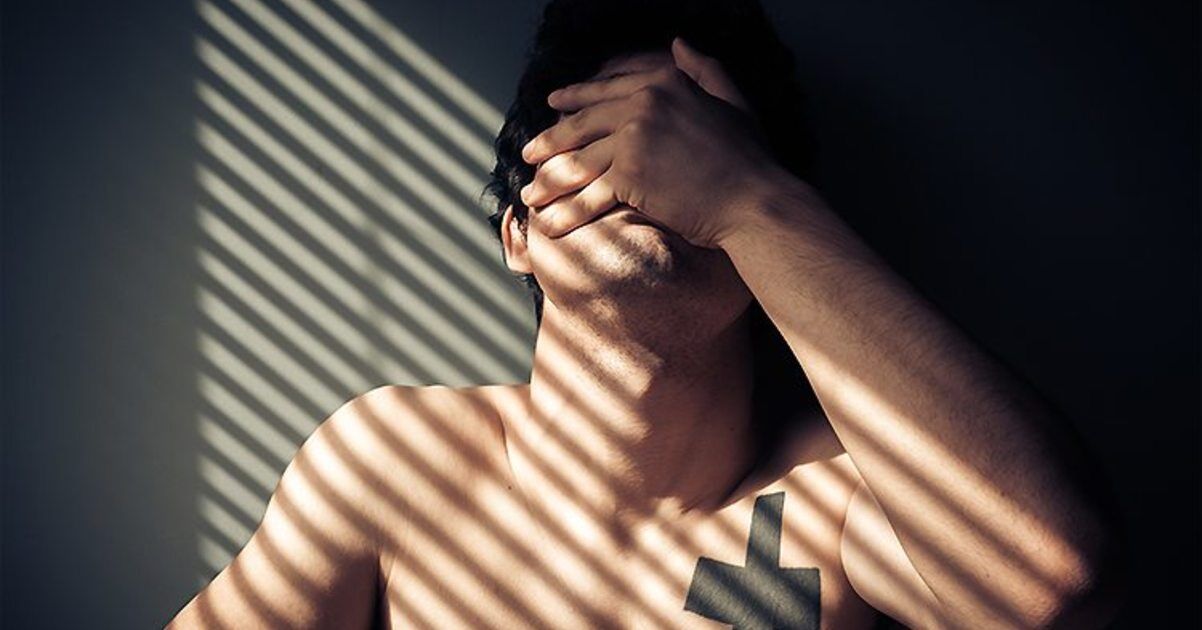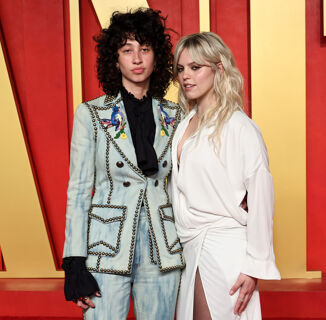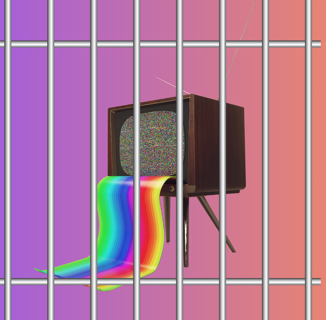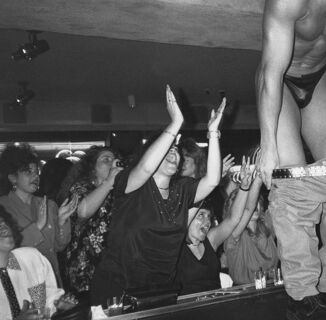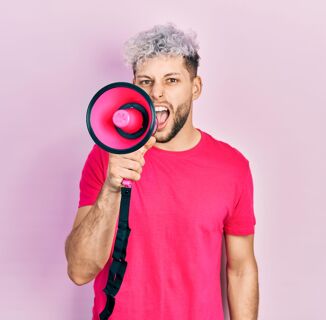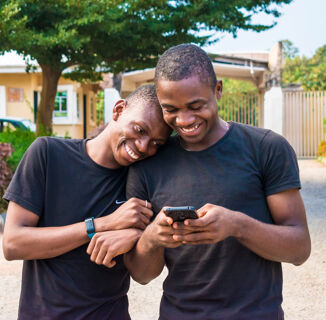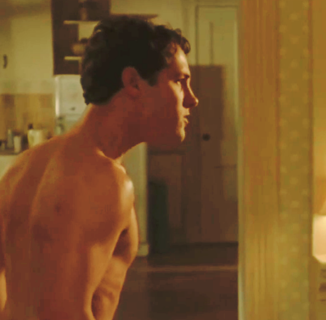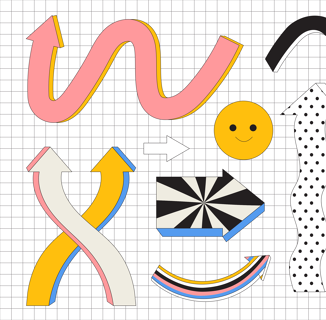Earlier this week, the National Coalition of Anti-Violence Programs released its annual report on intimate partner violence and the unique ways in which it impacts LGBTQ folks and people living with HIV.
Unsurprisingly, it’s the people under the LGBTQ umbrella who are the most marginalized who are most at risk for experiencing IPV: people of color, trans and gender-nonconforming people, undocumented people, and people living with HIV.
In an effort to learn more about why that is and what can be done to make support services more accessible to the folks who need them, we spoke to Emily Waters, the Senior Manager of National Research and Policy at the New York City Anti-Violence Project. Here’s what she said.
Hi, Emily. Just so we’re all on the same page, could you please unpack what intimate partner violence is and all that it entails?
So, intimate partner violence usually refers to the violence that exists within a relationship where one person exerts power and control over another through a variety of different ways like physical violence, economic violence, financial violence, and verbal violence.We at the NCAVP like to expand that definition.
The unhealthy dynamics in a relationship don’t always manifest in such egregious ways, so we don’t want to limit people to a strict definition that might not match up with what they’ve experienced.
What are some of the ways you try to expand that definition?
We collect our data from the LGBTQ people who seek out our services, and we really just go with whatever experience of violence that person is having.
They’re seeking support and care because something feels unsafe or unhealthy in their relationship, so we try not to reduce their experience to a strict definition of IPV.
How does IPV play out in LGBTQ relationships?
IPV plays out in LGBTQ relationships in many of the same ways it plays out in straight or cis relationships. LGBTQ people experience similar amounts of violence, but what’s unique is how the biases against their marginalized identities are used against them in the relationship as a form of control.
An abusive partner might threaten to out the surviving partner at work or to their family if they try to leave the relationship.
Going through the report, it’s clear that people of color, trans people, undocumented people, people living with HIV, and other marginalized groups within the LGBTQ umbrella are disproportionately vulnerable to IPV. Do you know why that is?
It’s hard to know exactly, but we think there are a couple things going on. One thing is that the more marginalized identities a person holds, the more bias and discrimination they are likely to experience when they’re trying to access care.
There just aren’t a lot of services for IPV survivors that are geared towards LGBTQ people, particularly LGBTQ people of color, and if you can’t access services and care, you are more likely to experience violence in your life and in your relationships. People literally do not have the same access to resources as other people do because of the way that discrimination plays out in our everyday lives.
Many of these people experience the intersection of transphobia and racism when trying to access care or homophobia or biphobia and racism when trying to access care.
Are there any trends you’ve observed over the past year of collecting data on IPV?
One thing we’ve noticed over the past few years is that more undocumented folks are accessing resources from NCAVP member programs. There are a couple reasons why that might be happening.
For one, there’s just more visibility and awareness about how IPV impacts undocumented people overall, and that has a lot to do with immigrant communities and immigrant justice groups raising awareness around this issue.
Another important thing is that the reauthorization of the Violence Against Women Act in 2013 added resources and explicit protections for LGBTQ folks and people who are undocumented. Before that, undocumented LGBTQ people kind of got lost at the intersections of the policy.
I know this might be a tangential conversation about sexual violence, but a lot of men have come forward in recent weeks to join women and gender-nonconforming folks in sharing their stories of assault and rape.
Do you think that seeing men like Anthony Rapp or Terry Crews or even someone on their timeline talking openly about the sexual violence they’ve experienced might impact the way men seek help after experiencing IPV?
I hope seeing these men come forward helps people with talking about sexual violence and IPV. I hope it helps them know that it’s OK for them to reach out and ask for help and share their stories. There are people who will believe them. They don’t have to stay silent.
We’ve had a single story of what domestic violence looks like for so long, and that’s cis men being physically violent against cis women. Not only does that story erase the sexuality of the women in that context, since we know bi women experience extremely high rates of violence from male partners, but it also fails to include the men and transgender women who, we find year after year, make up the highest rates of homicide as a result of IPV. We know it’s not as simple as sharing stories.
We need more resources for men, trans people, and gender-nonconforming folks. But sharing stories helps us better understand the way people experience violence so we can advocate on their behalf.
This interview has been edited and condensed for clarity.
Help make sure LGBTQ+ stories are being told...
We can't rely on mainstream media to tell our stories. That's why we don't lock our articles behind a paywall. Will you support our mission with a contribution today?
Cancel anytime · Proudly LGBTQ+ owned and operated
Read More in Culture
The Latest on INTO
Subscribe to get a twice-weekly dose of queer news, updates, and insights from the INTO team.
in Your Inbox

